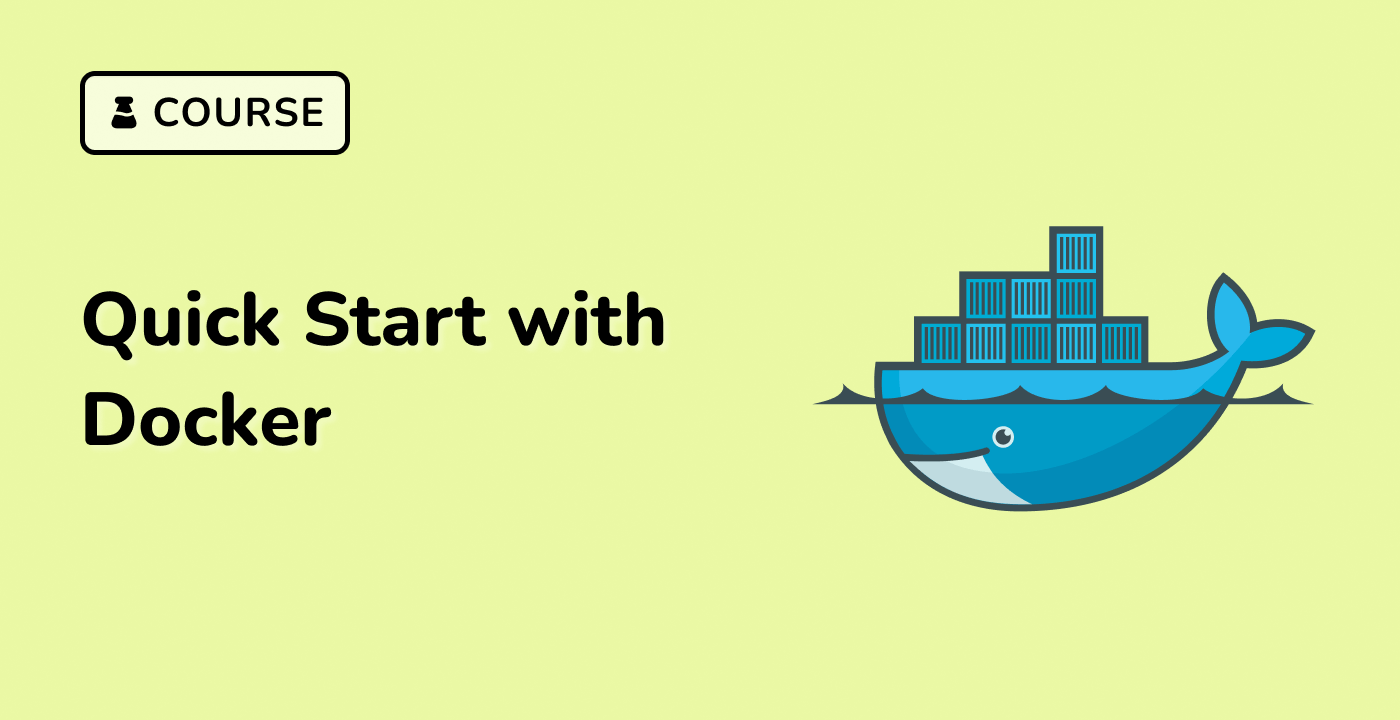One of the key benefits of using Docker is its ability to ensure cross-platform compatibility. Docker containers can run consistently across different operating systems and hardware configurations, making it easier to develop, test, and deploy applications.
Leveraging Multi-Stage Builds
To ensure cross-platform compatibility for your Go project, you can use Docker's multi-stage build feature. This allows you to build your application in one environment and then copy the compiled binary to a smaller, more lightweight runtime environment.
Here's an example of a multi-stage Dockerfile for a Go project:
## Build stage
FROM golang:1.19-alpine AS builder
WORKDIR /app
COPY . .
RUN go build -o myapp .
## Runtime stage
FROM alpine:latest
WORKDIR /app
COPY --from=builder /app/myapp .
CMD ["./myapp"]
In this example, the first stage (builder) uses the golang:1.19-alpine image to build the Go application. The second stage (runtime) uses the smaller alpine:latest image and copies the compiled binary from the first stage.
By using a multi-stage build, you can ensure that your application runs consistently across different platforms, as the runtime environment is independent of the build environment.
To test the cross-platform compatibility of your Docker-based Go project, you can use Docker's built-in support for multiple architectures. Docker allows you to build and run images for different CPU architectures, such as amd64, arm64, and arm/v7.
You can use the following command to build your Docker image for multiple architectures:
docker buildx build --platform linux/amd64,linux/arm64,linux/arm/v7 -t myapp .
This command uses the docker buildx command to create a multi-architecture build, and then builds the myapp image for the specified platforms.
You can then test the cross-platform compatibility of your application by running the Docker containers on different systems or emulators.
By following these best practices for cross-platform compatibility, you can ensure that your Go project works seamlessly on a clean system using Docker.




